Intra-Family Planning: 5 Wealth Transfer Strategies to Consider
Through hard work and sound financial planning, some find themselves in situations in which they are contemplating intra-family financial planning. That is, identifying financial planning techniques that can be used to financially strengthen the next generation—children and grandchildren.
There are a number of intra-family financial planning techniques with varying degrees of sophistication and complexity that can be considered. Some are used to satisfy estate planning objectives, while other strategies can be utilized to help minimize tax liabilities for the donor or future generations. For those contemplating wealth transfer strategies, the following intra-family financial planning techniques can prove to be very beneficial:
1. Develop and implement an intra-family gifting strategy. Every taxpayer has the ability to gift up to $15,000 annually to as many individuals as they like with no gift tax implications. Formulating a system of making direct gifts to children or grandchildren, can be very beneficial from an estate planning standpoint. In addition, these gifts can be utilized to fund Roth IRAs, increase deferrals into 401k plans, reduce debt, make a down payment on a home, etc.—all things that can help build assets for future generations.
2. Pay for (or help pay for) grandchildren’s college or other educational expenses. Many grandparents choose to make a contribution into a 529 College Savings Plan or other education savings account. One other method is to directly pay college costs including tuition, room and board, books, etc. It is important to point out that directly paying tuition (writing a check to the college or university) is not subject to the $15,000 annual gift tax exclusion limit.
3. Leverage the power of a Roth IRA. We cannot emphasize enough the tax-free benefits of Roth IRAs. When considering intra-family financial planning issues, utilizing Roth IRAs can represent a fantastic opportunity. When heirs inherit a Roth IRA, they do not have to pay income taxes on the distribution from the Roth IRA. So, naming beneficiaries of your Roth, you are essentially giving your children and grandchildren a tax-free gift.
4. Obtain long term care insurance for yourself. One of the largest expenses that retirees face is the unpredictable and potentially enormous cost of paying for long term care.
Even if you have an asset base that can support “self-insuring” long term care expenses, purchasing long term care insurance can serve the purpose of protecting your assets and your children’s (or grandchildren’s) inheritance. While the cost of long term care insurance can be expensive, the fact that you are replacing an “unknown” cost (long term care expenses) with a “known” cost (long term care insurance) can make your wealth transfer strategy more predictable and consistent.
5. Include your family in charitable gifting decisions. One of the greatest gifts you can bestow on your family is the benefit of helping others. Many studies have shown that those people who give to others (monetarily or a through volunteer work) tend to be happier and more satisfied than those who do not.
Helping to instill a charitable mindset within your family can pay dividends for generations to come. Being strategic with your charitable gifting strategy can also generate income or estate tax benefits that can provide an additional incentive for the charitably inclined.
If you should have any questions, or would like to discuss wealth transfer strategies that are customized given your intra-family financial planning objectives, please contact our office today.

